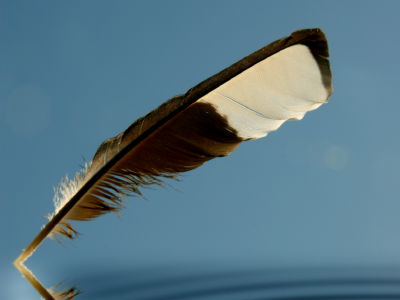It is clear that ``plants were sleeping with their leaves rolled'' from worm-eaten marks left in fossils more than 250 million years ago

Some plants, such as
Specialized herbivory in fossil leaves reveals convergent origins of nyctinasty: Current Biology
https://doi.org/10.1016/j.cub.2022.12.043
Insect bite marks show first fossil evidence for plants' leaves folding up at night
https://phys.org/news/2023-02-insect-fossil-evidence-night.html
Plants 'slept' with curled leaves 250 million years ago, ancient insect bites reveal | Live Science
https://www.livescience.com/plants-slept-with-curled-leaves-250-million-years-ago-ancient-insect-bites-reveal
We now know that some plants have sleep movements, but it's difficult to know if plants in the far ancient times did so as well. One day, Zhuo Feng, who studies ancient plants and insects at Yunnan University in China, noticed that insects gnawed on leaves that curled up during sleep, creating a characteristic symmetrical pattern.
The leaves in the picture below have holes of similar shape on the left and right. This is caused by insects chewing on the curled leaves and forming similar holes in the overlapping parts.

Since such characteristic worm-eaten marks are common in plants that perform sleeping movements, the research team of
And Feng et al.'s research team discovered fossils of Gigantopteriformes with symmetrical worm-eaten marks, like those found in modern plants that sleep. Feng said, ``(When I discovered the first fossil), I was surprised by the characteristic insect damage pattern and thought it might indicate that the leaves of the fossil plant were curled. 'When we looked for more fossils to support our hypothesis, we found similar feeding scars in other fossil specimens from the same plant family.'

Feng et al. examined samples and photographs of sleeping plants at the Xishuangbanna Tropical Botanical Garden of the Chinese Academy of Sciences , and concluded that it is highly likely that Gigantopterids, whose leaves had worm-eaten marks, were sleeping. 'Our findings are based on an unusual approach,' said study co-author Stephen McLoughlin, a paleontologist at the Swedish Museum of Natural History. Since it is difficult to distinguish whether the plant closed because it had been cut or bent after death, we searched for patterns of insect damage peculiar to sleep-inducing plants, revealing the very ancient origin of this behavioral strategy. We found a group of fossil plants that make
At the time of writing the article, there is no clear answer as to why plants perform sleep movements, and there are theories such as ``to regulate temperature'' and ``to discharge excess water from the surface of the leaves''. Sleep movements have been found to occur independently in multiple plant groups at different times, and are thought to provide some benefit to the plants.
This finding suggests that fossilized plants and animals not only reveal structures, but also some of their behavioral traits. 'The history of leaf dormancy can be traced back more than 250 million years to large plants of the late Paleozoic ,' said Feng.
Related Posts:







